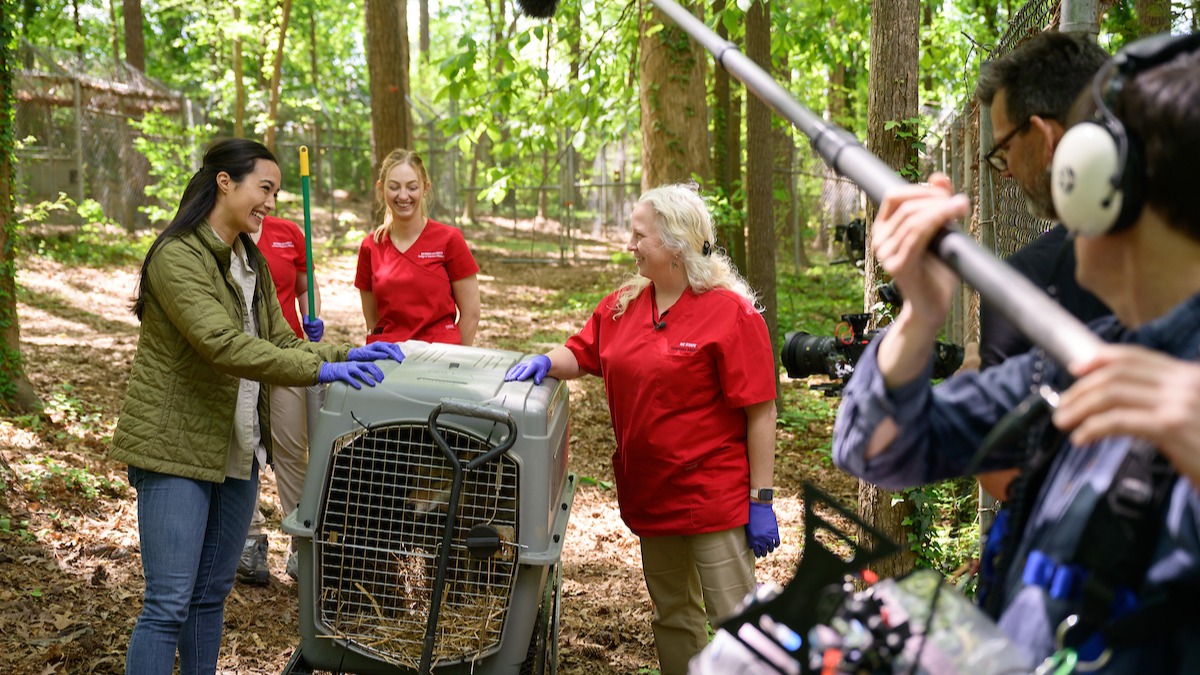- The conservation efforts for the critically endangered red wolf and its significance.
- The role of zoos and aquariums in preserving endangered species.
- The specific conservation programs in Raleigh and their impact.
- The collaboration between conservationists and educational institutions.
The red wolf is one of the world’s most endangered species, with efforts to save it demonstrating a vital commitment to biodiversity. As of recent estimates, fewer than 20 red wolves remain in the wild, making concerted conservation initiatives crucial. These efforts not only aim to restore the population but also play a crucial part in maintaining ecological balance. Red wolves once roamed vast areas of the southeastern United States, but habitat loss and other human-induced factors have led to a steep decline. Conservationists work tirelessly to implement strategies that include captive breeding, habitat protection, and public education to promote awareness and support.
Zoos and aquariums are at the forefront of efforts to conserve endangered species like the red wolf. These institutions serve as custodians of biodiversity, providing safe environments for species that are struggling to survive in the wild. Beyond captivity, they engage in breeding programs aimed at increasing population numbers, with the ultimate goal of reintroducing animals into their natural habitats. Zoos and aquariums also serve as educational hubs, bringing attention to conservation issues and inspiring future generations to partake in environmental stewardship. Their work highlights the intersection of scientific research and practical conservation.
In Raleigh, a dedicated conservation initiative focuses on the preservation of the red wolf. This program exemplifies how local efforts can contribute to nationwide conservation goals. Through collaboration with various stakeholders, including wildlife biologists and community volunteers, the initiative strives to improve both the living conditions and genetic diversity of red wolves in captivity. The program also tackles challenges such as securing habitat corridors and mitigating human-wildlife conflict. By doing so, Raleigh’s conservationists aim to create a stable and flourishing population that can eventually be reintroduced into the wild.
The collaboration between conservationists and educational institutions is a cornerstone of red wolf preservation efforts. Institutions like the Museum of Life and Science partner with conservationists to blend research with public engagement, extending the reach and impact of their work. Together, they develop educational materials, host exhibitions, and conduct outreach activities aimed at raising awareness about the plight of the red wolf. This symbiotic relationship not only enhances public understanding but also draws in resources and support essential for sustaining conservation initiatives. The collective effort ensures a multi-faceted approach to wildlife conservation.
*****
Source Description
NATIONAL NEWS! Tune in to the 8 a.m. hour of the @todayshow tomorrow, April 21, to catch an crew of conservationists explaining our part of nationwide efforts to save the red wolf. @NBCNews correspondent @emilie_ikeda and team visited us in Raleigh for coverage of the @zoos_aquariums program to preserve the world’s most critically endangered canid. Our @carnivoreconservationcrew and @museumoflifeandscience partners are eager for the nation to see the importance of our work. Don’t miss it! 🐺 🐾


